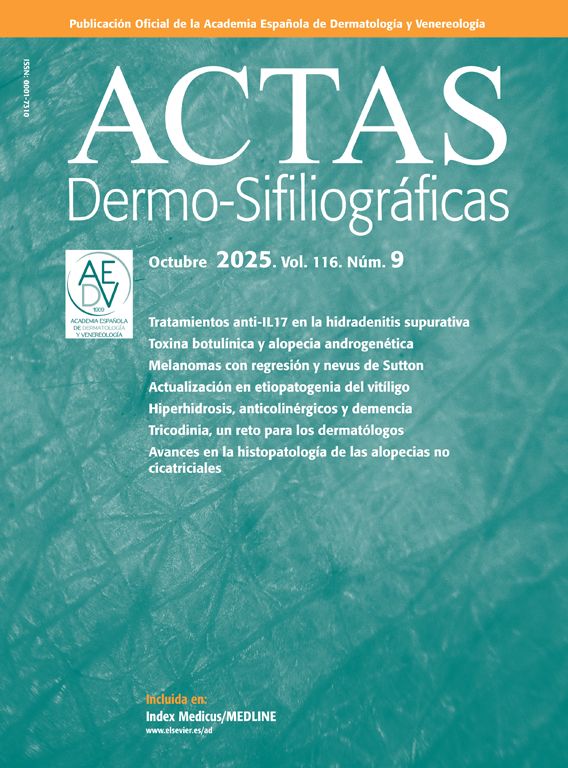was read the article
| Year/Month | Html | Total | |
|---|---|---|---|
| 2025 11 | 39 | 7 | 46 |
| 2025 10 | 249 | 40 | 289 |
| 2025 9 | 166 | 25 | 191 |
| 2025 8 | 97 | 37 | 134 |
| 2025 7 | 160 | 29 | 189 |
| 2025 6 | 147 | 34 | 181 |
| 2025 5 | 219 | 38 | 257 |
| 2025 4 | 205 | 25 | 230 |
| 2025 3 | 205 | 25 | 230 |
| 2025 2 | 187 | 28 | 215 |
| 2025 1 | 131 | 27 | 158 |
| 2024 12 | 127 | 22 | 149 |
| 2024 11 | 131 | 47 | 178 |
| 2024 10 | 99 | 46 | 145 |
| 2024 9 | 108 | 30 | 138 |
| 2024 8 | 155 | 62 | 217 |
| 2024 7 | 115 | 41 | 156 |
| 2024 6 | 149 | 24 | 173 |
| 2024 5 | 103 | 42 | 145 |
| 2024 4 | 128 | 38 | 166 |
| 2024 3 | 107 | 34 | 141 |
| 2024 2 | 107 | 35 | 142 |
| 2024 1 | 106 | 34 | 140 |
| 2023 12 | 89 | 17 | 106 |
| 2023 11 | 116 | 27 | 143 |
| 2023 10 | 99 | 24 | 123 |
| 2023 9 | 98 | 33 | 131 |
| 2023 8 | 66 | 22 | 88 |
| 2023 7 | 112 | 30 | 142 |
| 2023 6 | 99 | 23 | 122 |
| 2023 5 | 110 | 24 | 134 |
| 2023 4 | 105 | 22 | 127 |
| 2023 3 | 93 | 57 | 150 |
| 2023 2 | 90 | 23 | 113 |
| 2023 1 | 54 | 29 | 83 |
| 2022 12 | 78 | 36 | 114 |
| 2022 11 | 89 | 20 | 109 |
| 2022 10 | 70 | 34 | 104 |
| 2022 9 | 66 | 43 | 109 |
| 2022 8 | 50 | 32 | 82 |
| 2022 7 | 68 | 43 | 111 |
| 2022 6 | 50 | 19 | 69 |
| 2022 5 | 104 | 31 | 135 |
| 2022 4 | 125 | 47 | 172 |
| 2022 3 | 79 | 47 | 126 |
| 2022 2 | 89 | 20 | 109 |
| 2022 1 | 116 | 39 | 155 |
| 2021 12 | 90 | 41 | 131 |
| 2021 11 | 85 | 51 | 136 |
| 2021 10 | 110 | 57 | 167 |
| 2021 9 | 82 | 39 | 121 |
| 2021 8 | 88 | 42 | 130 |
| 2021 7 | 158 | 34 | 192 |
| 2021 6 | 72 | 35 | 107 |
| 2021 5 | 74 | 53 | 127 |
| 2021 4 | 173 | 102 | 275 |
| 2021 3 | 124 | 29 | 153 |
| 2021 2 | 84 | 37 | 121 |
| 2021 1 | 62 | 33 | 95 |
| 2020 12 | 53 | 24 | 77 |
| 2020 11 | 54 | 23 | 77 |
| 2020 10 | 64 | 21 | 85 |
| 2020 9 | 50 | 27 | 77 |
| 2020 8 | 42 | 23 | 65 |
| 2020 7 | 34 | 21 | 55 |
| 2020 6 | 43 | 38 | 81 |
| 2020 5 | 28 | 11 | 39 |
| 2020 4 | 25 | 17 | 42 |
| 2020 3 | 30 | 20 | 50 |
| 2020 2 | 1 | 0 | 1 |
| 2020 1 | 4 | 0 | 4 |
| 2019 12 | 4 | 0 | 4 |
| 2019 11 | 80 | 2 | 82 |
| 2019 8 | 4 | 0 | 4 |
| 2019 7 | 4 | 0 | 4 |
| 2019 6 | 4 | 0 | 4 |
| 2019 5 | 5 | 1 | 6 |
| 2019 4 | 2 | 0 | 2 |
| 2019 3 | 2 | 0 | 2 |
| 2019 2 | 4 | 0 | 4 |
| 2019 1 | 6 | 0 | 6 |
| 2018 11 | 3 | 0 | 3 |
| 2018 10 | 5 | 0 | 5 |
| 2018 9 | 3 | 0 | 3 |
| 2018 2 | 36 | 6 | 42 |
| 2018 1 | 41 | 7 | 48 |
| 2017 12 | 53 | 16 | 69 |
| 2017 11 | 69 | 33 | 102 |
| 2017 10 | 3 | 5 | 8 |
| 2017 9 | 3 | 8 | 11 |




